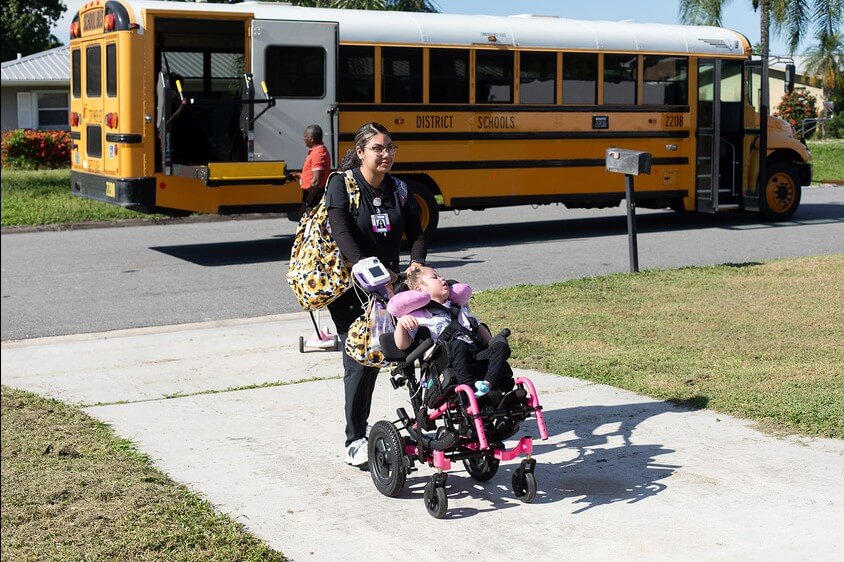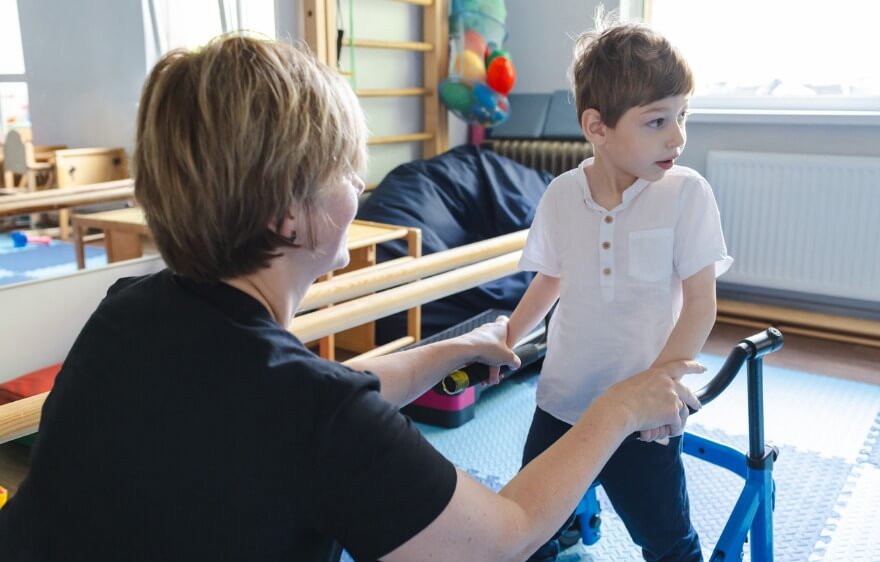Here we are again – time for Research Tuesday! There are times I dread this task approaching on my to-do list, but I find that I treasure the time to sit down and review new research around what we do every day. When I saw this article about using standardized tests and language sampling for assessment of school-age children, I didn’t think it would have much to teach me. After all, I use both standardized tests and language sampling for nearly every assessment I complete. No need to convince me! But the nuances uncovered by this team gave me some things to think about in terms of how to weigh results from different sources when they don’t agree, and how to change my language sampling to best address the needs of the different age groups I see. Though the conclusions of the study are not earth-shattering or even surprising, they inform the decisions we make about the identification of language disorders in our practice.
The Details
The Question
The authors of this study wanted to know what the relationship was between norm-referenced language tests and story-book narrative samples. They hypothesized that age would be an important factor and that narrative samples would be more closely related to norm-referenced scores for younger children than for older children. They also predicted that looking at similar measures would be important, i.e., a sentence-level measure like MLU from the language sample would be more closely related to a subtest score from a standardized test than to word-level measures such as receptive vocabulary.
The Method
This was a retrospective analysis of records from a major urban academic speech/language clinic. The authors reviewed the files of 50 children aged 6-8 and 23 children aged 9-12. These children had been referred to the clinic for a language assessment but had no evidence of intellectual disabilities. They compared total and subtest scores on a variety of standardized assessments (including the CELF, PPVT, GORT, and WRMT) with analyses of narrative samples collected with one of the four wordless Frog series, including MLU, total number of words, subordinate clauses, number of different words, omitted morphemes, omitted words, word-level errors, and utterance-level errors.
The Results
Well, there were correlations across the whole group. Phew! The standardized tests we give actually do reflect the way children use language in real-life tasks like telling stories! Correlations were more significant in the younger group than the older, likely reflecting the appropriateness of the narrative task to that age group. As an aside, Nippold has documented MLU nearly twice that of conversational language samples by using fables for retelling tasks with eighth-graders. The correlations between sentence-level tasks were stronger than word-level tasks, pointing to the importance of the sentence in assessment across language tasks. Also of interest was that in the 9-12-year-old group, there was a near-perfect correlation between reading comprehension tasks and the ability to tell a long, robust story.
The Take-Away
It turns out that we really do need to do both norm-referenced testing and language sampling, but just doing both is not enough. Just as we need to choose the right standardized tool for the child we are assessing, care needs to be taken to choose the right language sampling task.
Language levels matter. A narrative retell, with attention in analysis to MLU and sentence-level grammatical errors might be very appropriate for a young elementary student. And likely results of a language sample like this will correlate to a norm-referenced assessment like the CELF, especially on the sentence-level subtests. However, for older elementary students, the focus needs to be on the ability to tell a long and cohesive story. For adolescents, using fable retells, expository language samples, or even written language samples may provide more specific information than a conversational or narrative language sample.
Standardized tools are important for comparing scores to those of a group of peers, but a language sample is our opportunity to design a task to answer the questions we have about a child’s language. What are your favorite language sampling tasks? What measures do you typically take from a language sample?





